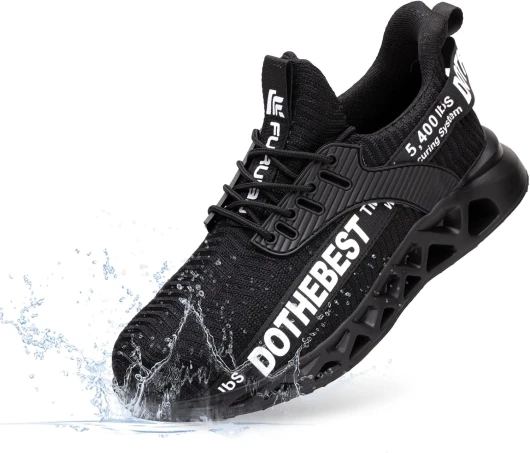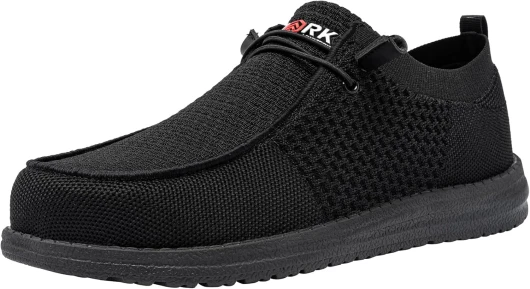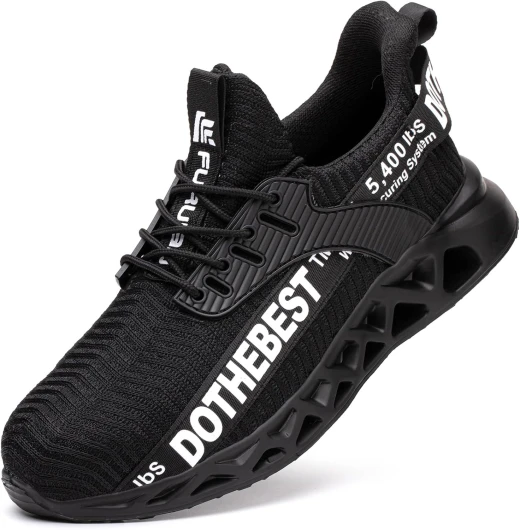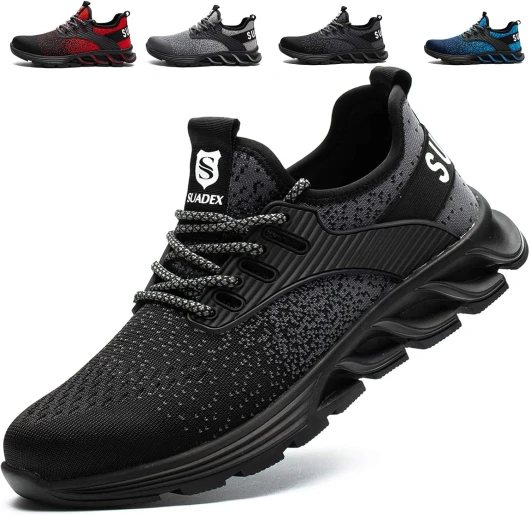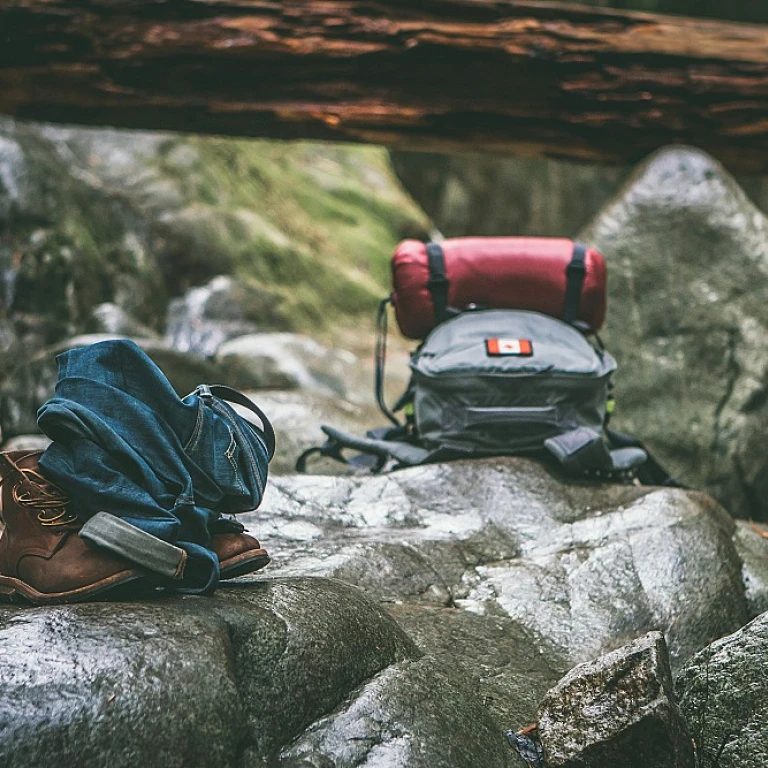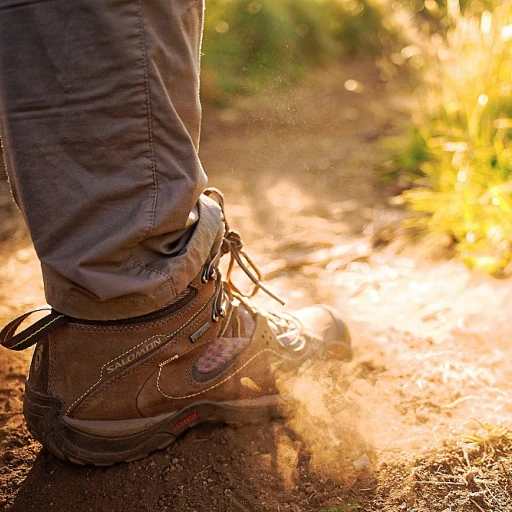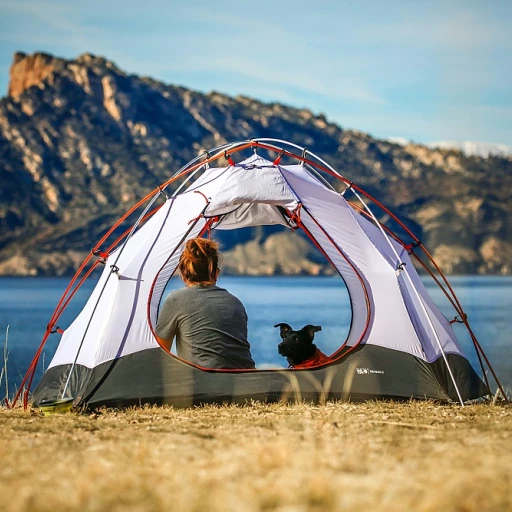
Understanding Composite Toe Shoes
Composite Toe Innovation in Hiking Footwear
Composite toe shoes have been gaining traction among outdoor enthusiasts and seasoned hikers alike, challenging the previously unrivaled reign of steel-toed options. The primary differentiator of composite toes lies in their material composition. Unlike steel, composites are crafted from a blend of materials such as carbon fiber, plastic, and Kevlar, which significantly reduces the weight, making your hiking experience more bearable and versatile for outdoor adventures.
While traditional steel toes offer undeniable protection, composite toes meet the standard safety ratings but bring additional benefits like electrical hazard protection without the risk of conducting electricity. This feature is particularly beneficial for those whose hiking trails might overlap with work routes that entail such risks.
Durability is another aspect where composite toes shine, with many models available in waterproof and slip-resistant variations. These qualities ensure that you remain comfortable, regardless of weather conditions or terrain challenges. As materials technology advances, the comfort level of composite toe options continues to rise, closely competing with regular hiking boots.
Key Features of Comfortable Composite Toe Shoes
Important Characteristics to Seek in Composite Toe Shoes
When you’re in the market for composite toe shoes for hiking, comfort is key, but understanding what specific features contribute to this comfort is crucial. Here are some vital components to consider when selecting the perfect pair of these versatile shoes.
- Lightweight Design: Unlike steel toe counterparts, composite toe shoes are made from non-metallic materials, offering a lightweight alternative without sacrificing toe protection. This allows for more agility in your movements.
- Electrical Hazard Protection: Designed with safety in mind, the composite toe is a savior for those venturing in areas where electrical hazards are a concern. These shoes provide insulation against electrical shocks.
- Slip Resistant Soles: Hiking terrains can be unpredictable, hence a slip-resistant sole is a key feature to ensure safety while traversing different surfaces.
- Waterproof Materials: For optimal comfort, it's essential that your shoes keep your feet dry in damp or puddled environments. A waterproof work shoe will enhance your hiking experience by preventing moisture intrusion.
- Breathability and Comfort: The right pair should balance waterproofing with breathability, preventing sweat buildup that causes discomfort during long hikes.
- Affordability and Value: While high msrp doesn't always equate to better quality, balancing affordability with essential features is wise. Keep an eye for the sale price opportunities for more cost-effective options.
Explore the benefits of minimalist hiking boots for more insights into what features can enhance your hiking experience.
Challenges in Finding the Right Fit
Navigating the Fit: Overcoming Challenges in Finding the Right Composite Toe Shoes
Finding the perfect pair of composite toe shoes can be a task fraught with obstacles. Unlike traditional footwear, composite toe shoes come with certain design specifications that may complicate the fitting process. Here are some common challenges frequently faced:- Sizing Variations: The protective elements incorporated in composite toe and steel toe designs often cause the shoes to have different fitting characteristics compared to non-safety regular footwear. This integration can lead to alterations in toe space, causing the shoes to either fit snugly in all the wrong places or run larger than their labeled size. Thus, it may require trying on different sizes or consulting online reviews from experienced users.
- Gender-specific Issues: Women seeking composite toe work shoes may encounter limited sizing and styling options compared to their male counterparts. It's not just about aesthetics; fitting requirements can differ significantly between women's and men's shoes. Women composite shoes tend to have a narrower silhouette, which not all brands consider in their safety toe boot designs.
- Price Versus Comfort: Achieving comfort without compromising safety often comes with a price. The regular price for composite toe shoes can sometimes be discouraging, with options like Skechers Work shoes offering tempting sale prices while not always delivering the anticipated comfort level.
- Material Constraints: High-quality materials such as those used for waterproof work boots provide enhanced durability and safety, but they might lack the flexibility one would expect in an athletic work shoe. This can lead to discomfort and lack of mobility, particularly during long hikes where the terrain demands versatility and flexibility similar to what wide toe box work shoes offer.
Comparing Composite Toe Shoes with Traditional Hiking Boots
Evaluating Composite Toe Footwear Against Conventional Alternatives
When it comes to choosing the right protective footwear, understanding the distinctions between composite toe shoes and traditional hiking boots is vital. Each offers unique benefits, making them suitable for specific hiking conditions and needs. Firstly, composite toe shoes are crafted to provide exceptional safety and comfort without incorporating metal. They are ideal for environments where electrical hazard protection is crucial. The absence of steel makes these shoes lighter, offering a more comfortable experience during extended treks. In contrast, traditional hiking boots typically feature sturdy leather construction with steel toes, providing rugged durability and robust protection against physical impacts. In terms of water resistance, many composite toe shoes boast waterproof capabilities akin to those of conventional hiking boots. They keep feet dry and secure, ensuring that unpredictable weather won't dampen your outdoor adventures. A key advantage of composite toe shoes lies in their versatility. They cater to both regular and work scenarios. This means whether you're embarking on a challenging trail or navigating hazardous work environments, these shoes can effectively serve dual purposes. On the downside, they might come at a higher price point than their traditional counterparts, but their lightweight, slip-resistant design often justifies the investment. Moreover, composite toe shoes cater to both men and women, offering tailored options that promise both functionality and style. Their range includes athletic work shoes, oxford work models, and even women's specific designs, ensuring comfort and safety across the board. In conclusion, while the choice between composite toe shoes and traditional hiking boots largely depends on the specific requirements of your activities, the former presents a modern solution for those prioritizing lightweight, flexible, and safety-focused attributes. Whether you decide on black composite models or vibrant athletic styles, both ensure durability and comfort for your hiking adventures.Top Picks for the Most Comfortable Composite Toe Shoes
Top Choices for Unmatched Comfort in Composite Toe Shoes
When embarking on a journey to find the perfect composite toe shoes, especially for hiking, there are several standout models that blend safety and comfort with style. After exploring the functionalities and key features, it's time to narrow down the top contenders.- Skechers Work: Athletic Work Shoes
- Timberland PRO: Women Composite Toe Boots
- Caterpillar Men's Composite Toe Work Boots
- KEEN Utility: Safety Toe Oxford Work Shoes
- Carhartt: Waterproof Work Boots
Tips for Maintaining Your Composite Toe Shoes
Ensuring Longevity and Performance
The journey doesn't end with finding the right pair of composite toe shoes; maintaining them is crucial for ensuring durability and comfort. Composite boots and shoes often face extreme conditions, from muddy trails to slippery rocks. Here’s how you can ensure your pair lasts longer and performs best, no matter the task at hand.
- Cleaning & Care: Regularly cleaning composite shoes is essential. Use a soft brush to remove dirt and debris after each hike. For work boots, particularly those exposed to electrical hazards or construction sites, a deeper clean using mild soap and water can help maintain their appearance and functionality.
- Waterproof Protection: Even if your shoes are marketed as waterproof, reinforcing this feature with a waterproofing spray can offer extra protection. This is especially vital for those trekking through wet environments.
- Proper Storage: Allow your shoes to air out and dry thoroughly after each use. Avoid storing them in damp or cramped spaces, which could lead to degradation of the material.
- Inspecting for Wear and Tear: Regularly inspect soles and toe areas for signs of wear. With steel toe or composite materials, even slight damage can compromise your safety, so consider routine checks essential, particularly for those relying on them for work safety.
- Invest in Insoles: Although already more comfortable than steel toes, composite soles paired with quality insoles can boost comfort significantly, especially on those long hikes or extended work days.
- Resolving Odor: Work shoes and boots often trap moisture leading to odor. Utilising shoe deodorizers frequently can help alleviate this issue, maintaining a fresher feel for your black composite boots.
By investing a bit of time in the care and maintenance of your shoes, you ensure that they remain an effective tool, whether you’re hiking, working, or just enjoying a recreational walk. Many appreciate the blend of safety, comfort, and performance that composite toe shoes offer, and maintaining them only enhances these benefits.

